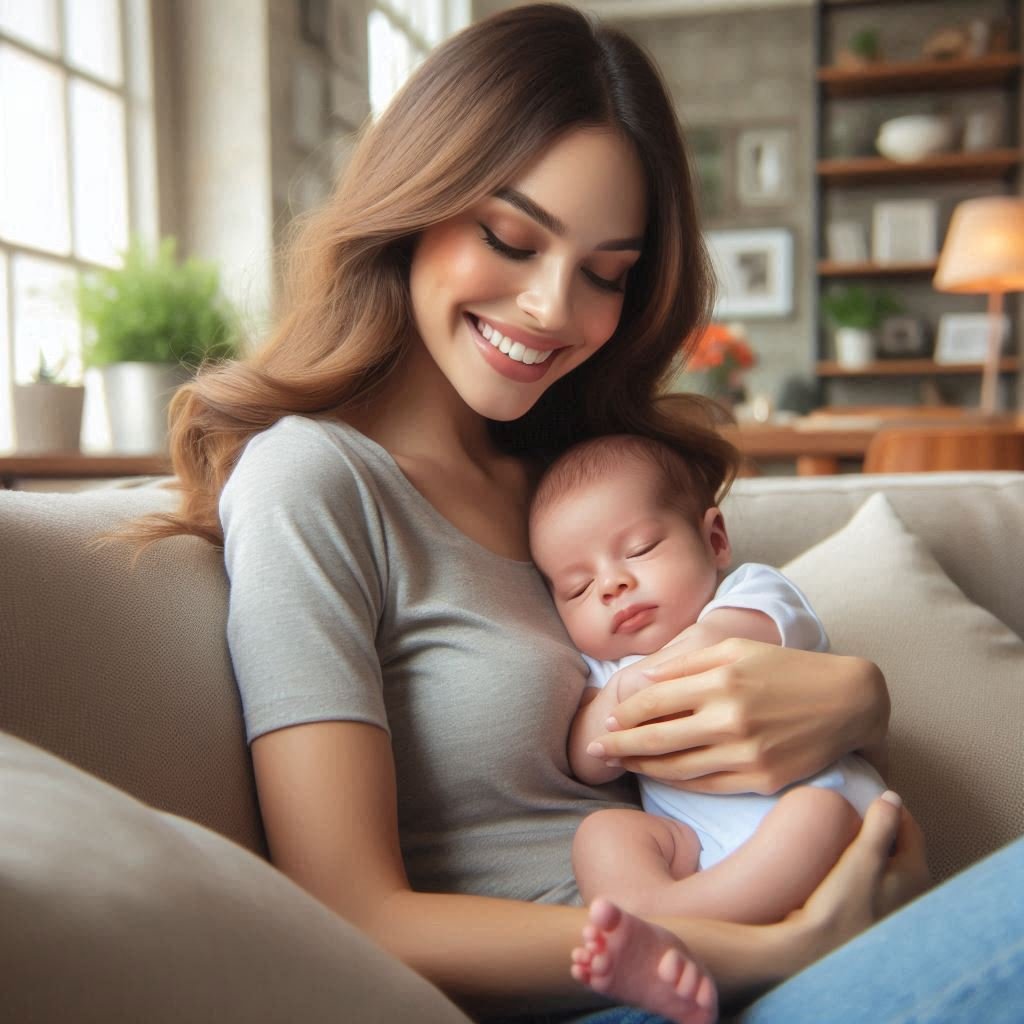
Sleep apnea is an increasingly common sleep problem which currently affects some 18,000,000 people in America alone. This figure represents about 6.62% of the population and does not take into consideration an additional 2% to 4% of the population who are believed to be suffering from the condition but who have not yet been diagnosed.
What most people do not know however is that there are also an amazingly large and growing number of children who are suffering from sleep apnea, with estimates revealing that something over 2% of all children suffer from obstructive sleep apnea.
Sleep apnea in children merits particularly close attention because at this crucial stage of development apnea can lead to IQ, memory and learning difficulties.
In a lot of cases obstructive sleep apnea results in no small measure from overweight and the first line of attack in treating the condition is thus to lose some weight. This however might not be as simple as it sounds and does not always ease the problem sufficiently.
The next step for a lot of children is to use an oral appliance while sleeping. Oral appliances must be custom made for the child and fitted by an orthodontist and are intended to hold the lower jaw in a position that ensures that the throat remains open during sleep. Improvement is again not always satisfactory with an oral appliance and a lot of children are far from happy wearing them.
The best method when it comes to treating obstructive sleep apnea is the continuous positive airway pressure (CPAP) machine which delivers a steady stream of air through a mask that is worn during sleep sleeping and which maintains an open airway.
CPAP machines are very successful although, as with virtually all treatments, they only produce good results if they are used correctly and this is where we come up against a problem with children.
In a recently conducted study a number of children having CPAP treatment were monitored over a 6 month period to determine how closely they were following the medical advice they were given for using their CPAP machines. The group were subjected to sleep studies at the beginning and end of the evaluation period and they and their parents were questioned closely by the researchers about their use of the machines. In addition, the machines used for the evaluation were equipped with meters that recorded the use of the machines.
The study reported that over 75% of the children did not use their machines every night and that even those children who made use of the machines consistently were using the machines for only about 5 hours a night which was not sufficient to get the full benefit from their use. Perhaps most importantly, bearing in mind the fact that a significant number of the children in the study were very young and therefore required parental supervision to ensure the correct use of their machines, the study revealed that the overwhelming majority of parents overestimated their child’s use of the system by an average of two hours each night.
At this point, although it is evident that many children are not getting the full benefit of CPAP treatment, it is unclear just why they are failing to use the system properly and additional studies are being carried out to see what improvements can be made for the treatment of obstructive sleep apnea in children.




